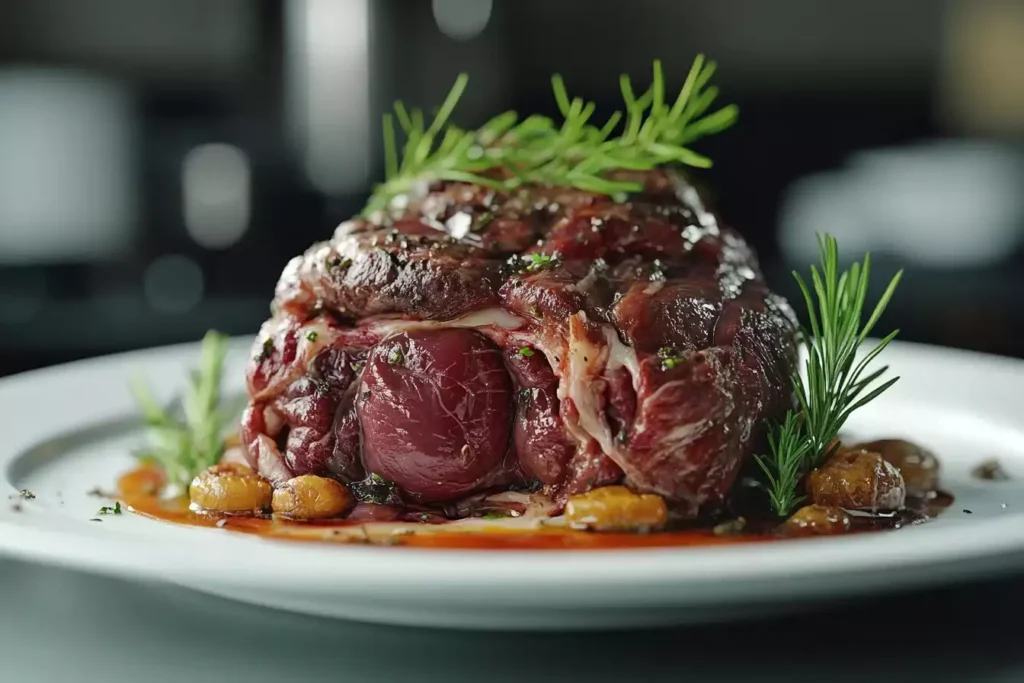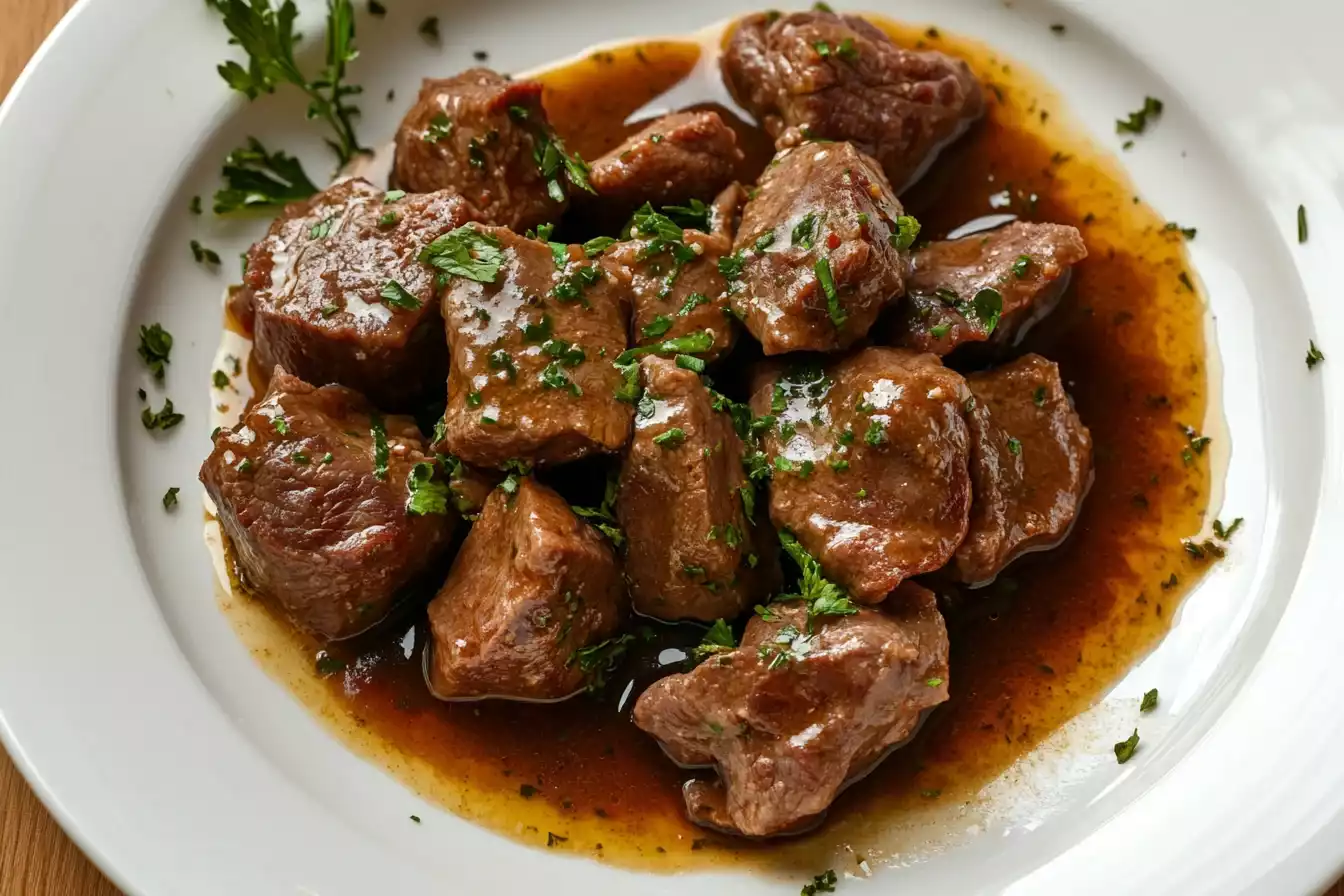Have you ever wondered which part of the cow is spleen? Most people are familiar with common beef cuts like steak, ribs, and ground beef. However, there’s a world of lesser-known organ meats, including the spleen, that are equally important to understand if we are going to explore the whole animal. This article dives deep into the fascinating details of the spleen, exploring its location, function, culinary uses, nutritional value, and more. Get ready for a surprising journey into the anatomy and gastronomy of this unique organ.
Table of Contents
Unveiling the Spleen: A Cow’s Hidden Organ
The spleen, a vital organ, often gets overlooked compared to the more commonly discussed parts of the animal. But what exactly does it do? And where is it located? Let’s uncover its secrets.

What is the Spleen?
The spleen is a crucial component of a cow’s immune system. Think of it as a large filter, working to remove old, damaged red blood cells from the bloodstream. It also produces and stores white blood cells, which help fight infections and diseases. Additionally, the spleen plays a role in recycling iron from those old red blood cells. In simple terms, it’s a major cleaning and defense center of a cow’s body. Just like in humans, the bovine spleen is essential for overall health and wellbeing.
Which Part of the Cow Is Spleen? Where Is the Spleen Located in a Cow?
The spleen is positioned in the upper left part of the cow’s abdomen, close to the stomach and left kidney. This location ensures that it is well-positioned to filter blood. It has a rather oblong shape, and its size varies slightly based on the cow’s age and health. It’s usually dark red in color due to the high blood flow. It’s vital for the circulatory system. [Insert an image of a cow’s internal anatomy highlighting the location of the spleen, with alt text: “The location of the spleen on a cow’s body”]. Its proximity to other organs, such as the stomach and intestines, underscores its significance. Understanding its placement helps us appreciate its role within the bovine body.
The Culinary World of Beef Spleen
While not as commonly consumed as other beef products in many Western countries, beef spleen has been part of traditional cuisines around the globe. It is used in many unique and savory ways.
Traditional Uses of Beef Spleen
In many parts of the world, beef spleen is far from unusual, and you will find it as part of traditional cuisine in countries such as Italy or Spain. In Italy for example, you may find it as a common ingredient in street food from Palermo, Sicily called Pani ca meusa. This sandwich includes sliced and fried spleen that is placed within a small bun. It is often flavored with lemon juice and cheese.
Other cultures utilize spleen in sausages or pate. The use of this organ meat goes back centuries, with people valuing not only its flavor but also its rich nutritional content. It has been part of humanity’s diet for many centuries. The use of this organ is not modern. The culinary history of spleen demonstrates its versatility as a main ingredient in dishes across many regions.
How Is Beef Spleen Prepared?
Beef spleen can be prepared in a number of ways, each resulting in a unique flavor and texture. Common methods include boiling, frying, grilling, and roasting. Boiling is often used to tenderize the meat before it’s further prepared. Frying gives it a crispy texture, while grilling or roasting may enhance the smoky notes. The flavor of spleen is described as rich and slightly metallic, so preparation methods may include spices, herbs, and other ingredients to enhance the taste. The key to cooking the spleen is understanding how different cooking methods alter its texture and flavor.
Taste of Beef Spleen
The taste of beef spleen is often described as having a unique, slightly metallic flavor. It’s not like muscle meat at all, and it has a stronger, more mineral-rich taste. The texture can vary based on preparation, and some may find it somewhat soft or even creamy when cooked well. It has an earthy flavor that is similar to liver, but a little more mild. People who enjoy other organ meats will likely find the taste of the spleen to be palatable. If you’re trying spleen for the first time, start with small portions to adjust to its flavor profile. You can use different ways of cooking it to enhance or reduce its strong and unique taste.
Cooking Tips for Beef Spleen
Preparing beef spleen can seem daunting, but with a few simple tips, you can make it delicious. First, clean the spleen thoroughly to remove any blood clots. Soaking it in cold water for a couple of hours can help with this. Before cooking, you can also blanch it briefly in boiling water. This will assist in removing some of the stronger flavors. When cooking, don’t overcrowd the pan so that each piece can properly sear.
Also, don’t overcook the spleen to avoid a rubbery texture. A medium heat will help it cook through. Finally, always use flavorful ingredients to complement its unique profile. [Insert an image of a dish prepared with beef spleen, with alt text: “A delicious dish of cooked beef spleen”].
Nutritional Benefits and Concerns of Beef Spleen
Besides its culinary uses, beef spleen has a variety of nutritional benefits. However, there are also certain factors to be aware of.

Health Benefits of Eating Beef Spleen
Beef spleen is a nutritional powerhouse. It’s rich in iron, which is essential for preventing anemia and maintaining healthy blood. It’s also a great source of protein, which is crucial for building and repairing tissues. The spleen is high in B vitamins, including vitamin B12, which is necessary for nerve function and red blood cell production. These vitamins play essential roles in energy metabolism. Eating spleen can give you a boost in essential nutrients you may be lacking. It’s packed with other minerals such as selenium, which is a powerful antioxidant that support thyroid function and the immune system. Its comprehensive nutrient profile makes it a good addition to a diet if it’s consumed in moderation.
Potential Risks and Concerns
Although beef spleen is nutritious, there are a few things to keep in mind. It has a high cholesterol content, so individuals with high cholesterol levels should consume it in moderation. Spleen is also high in purines, which can contribute to gout. Those with gout should limit their intake or avoid it altogether. It’s essential to prepare the spleen correctly to avoid any potential contamination. Also, individuals with allergies to other organ meats should exercise caution when eating beef spleen. As with any food, moderation is key to enjoying spleen without health risks. It’s important to understand potential contraindications before adding it to your diet.
Who Should Avoid Eating Beef Spleen
While beef spleen offers several health benefits, it is not for everyone. People with high cholesterol, those with gout, and people with iron overload conditions like hemochromatosis should exercise caution when it comes to spleen consumption. Spleen contains purines that can worsen gout, as well as cholesterol that can lead to cardiovascular issues. Always seek the advice of a healthcare professional before adding new organ meats to your diet. You must be aware of potential contraindications. Always be mindful of how the spleen may interact with your particular medical condition.
Exploring Alternatives to Beef Spleen
If you’re not sold on eating spleen, or want other alternatives that offer similar health benefits, there are many other options you can choose from.
Other Organ Meats with Similar Benefits
If you want to eat organ meats, but prefer not to eat spleen, several other organs offer comparable nutritional benefits. Beef liver is a great choice because it’s very rich in vitamin A and B12, as well as other essential minerals. Beef heart provides coenzyme Q10 and a significant dose of iron. Beef kidney provides high levels of B vitamins and selenium. These organs offer a diverse and robust nutritional profile, very similar to the spleen. Organ meats provide benefits that are not available in most muscle meats. Each type of organ meat also has its own unique flavor profiles that may be more to your liking.
Plant-Based Options to Replicate Benefits
For those who prefer plant-based options, it’s possible to find foods that provide similar nutritional benefits to spleen. Lentils and beans are high in iron and can help maintain healthy iron levels. Dark leafy greens such as spinach and kale are rich in iron as well as vitamin B and other minerals. Plant-based foods cannot completely replicate the specific nutrient profile of spleen, but can still be a healthy alternative. For those following a vegan or vegetarian diet, these are great options. Remember to vary the types of plant based foods you consume to optimize your overall nutrition. [Insert an image of various plant-based foods rich in iron, with alt text: “Plant-based foods that are rich in iron and other nutrients”].
Why Choose These Alternatives
Choosing alternatives to beef spleen depends on individual preferences, dietary needs, and health conditions. Plant based alternatives offer a cholesterol-free option for those monitoring their intake, and they provide high fiber that are essential for digestive health. Other organ meats may offer different flavors and textures that you may prefer, but may also be higher in cholesterol. You can choose based on your own personal tastes and preferences. Both plant and animal based options offer nutritional benefits similar to the spleen. Consider a balanced approach to ensure your diet offers adequate vitamins and minerals. When making dietary choices, be sure to take into account your personal health goals.
FAQs About Beef Spleen
Let’s answer some common questions about beef spleen.
Is it healthy to eat beef spleen?
Beef spleen can be part of a healthy diet in moderation, as it is rich in iron, protein, B vitamins, and other essential nutrients. However, it’s high in cholesterol and purines, which could be a problem for those with high cholesterol or gout. People with those health issues should be cautious. It is also an essential organ that many people do not consume. If you have other underlying health issues or conditions, please consult with your healthcare provider before adding spleen to your diet.
What does beef spleen taste like?
Beef spleen has a distinct, slightly metallic and earthy flavor. The texture is often soft, and some may find it creamy when properly cooked. It’s definitely not the same flavor as muscle meats, and some compare it to a more mild version of liver. The taste can be quite intense if not properly prepared, but many people do find it to be palatable. There are many ways to enhance its flavor using seasonings, spices, and herbs.
Is beef spleen the same as beef liver?
No, beef spleen and beef liver are not the same. While both are organ meats, they have different functions, nutrient profiles, and tastes. The liver is involved in detoxification and nutrient metabolism, while the spleen is a vital component of the immune and circulatory system. Both offer various nutrients, but their specific composition differs. For example, the liver is much higher in vitamin A, while the spleen has a higher mineral concentration. They each have unique flavors and offer different nutritional benefits.
Conclusion: Embracing the Unique
Exploring the less common parts of a cow can be a surprisingly rewarding experience, both nutritionally and culinarily. The spleen, while often overlooked, offers a range of benefits and culinary uses, and it is an important part of the bovine anatomy. By learning which part of the cow is spleen, you can make more informed and healthy choices. Whether you’re looking to incorporate more variety into your diet or simply curious, embracing unique foods like beef spleen can offer new possibilities in your journey to a more well-rounded culinary lifestyle. Try something new and expand your palate.
For More Articles Links:

